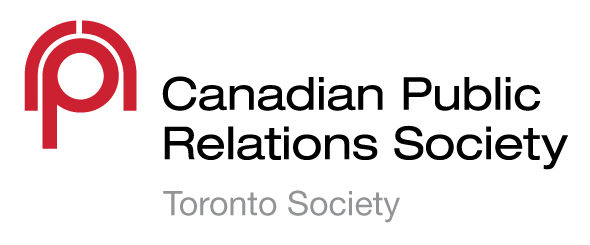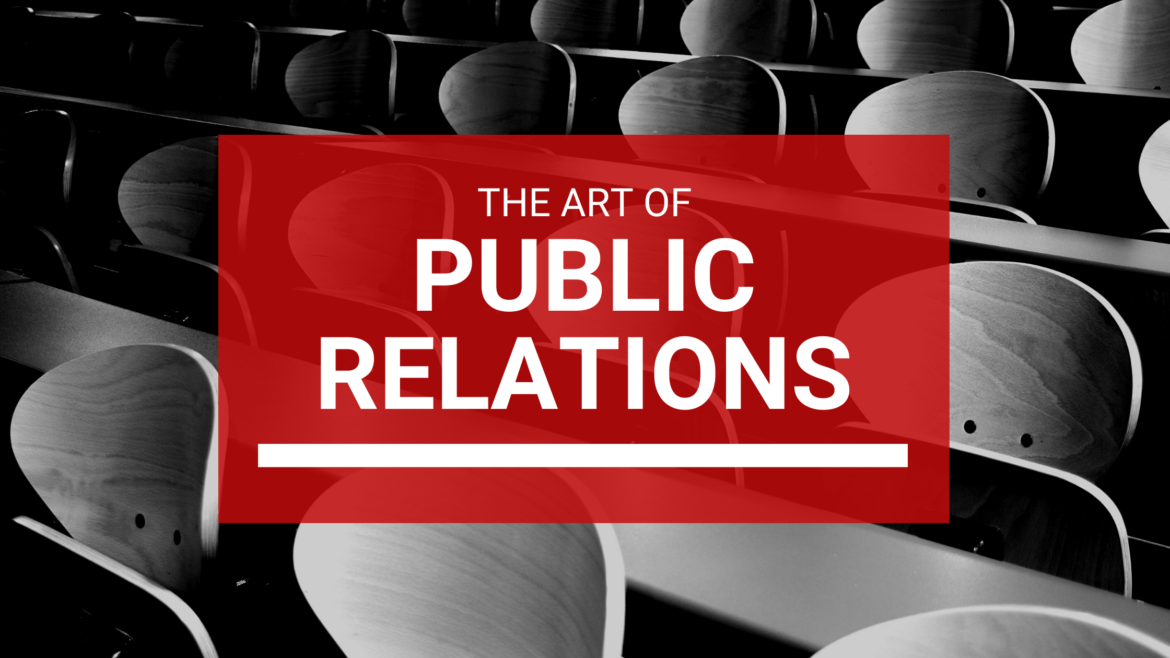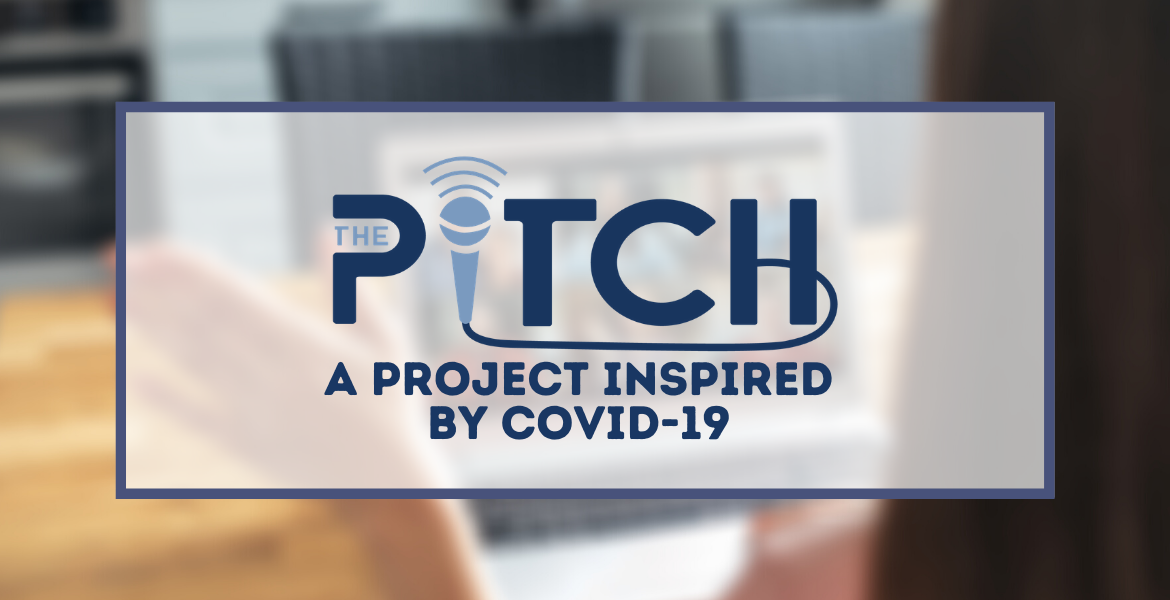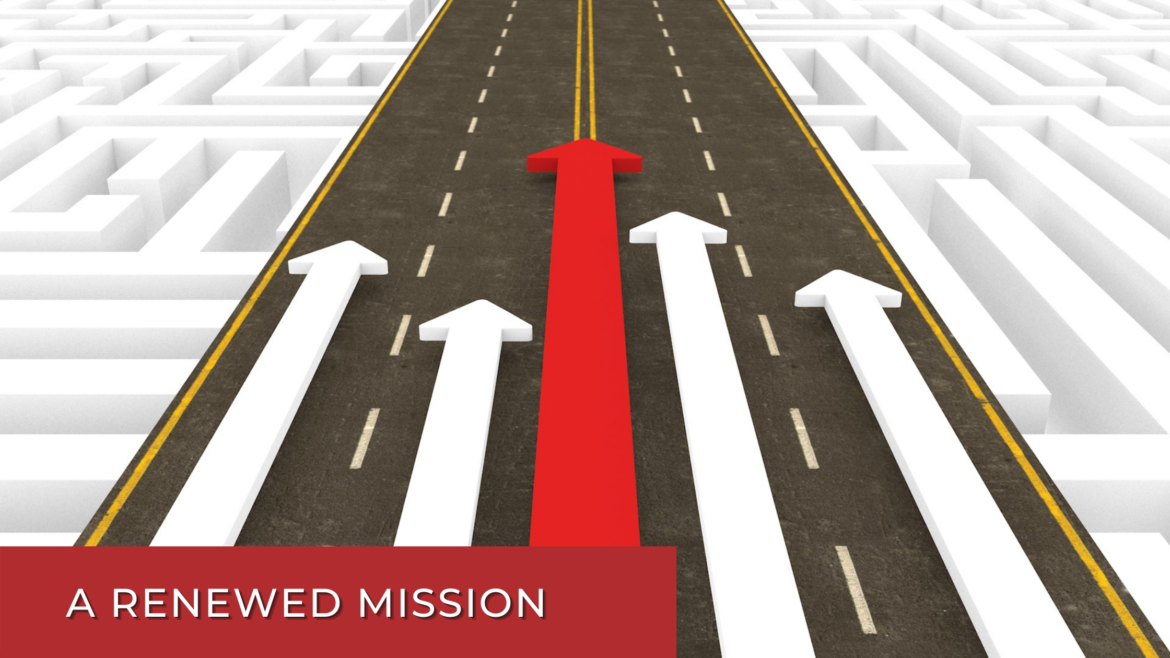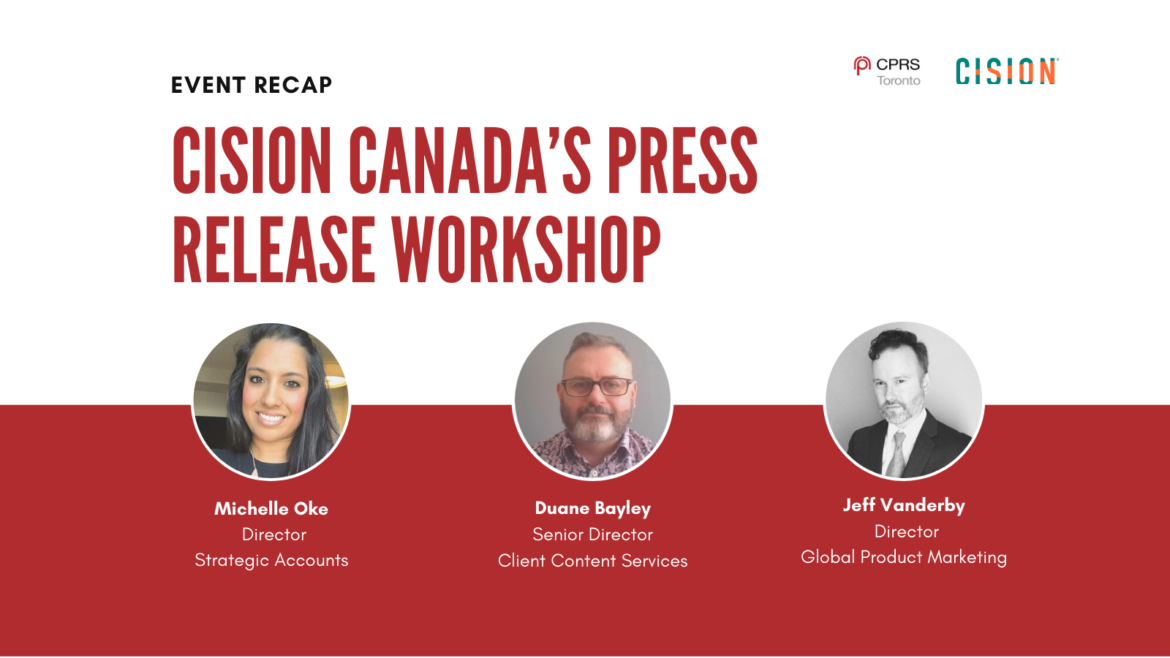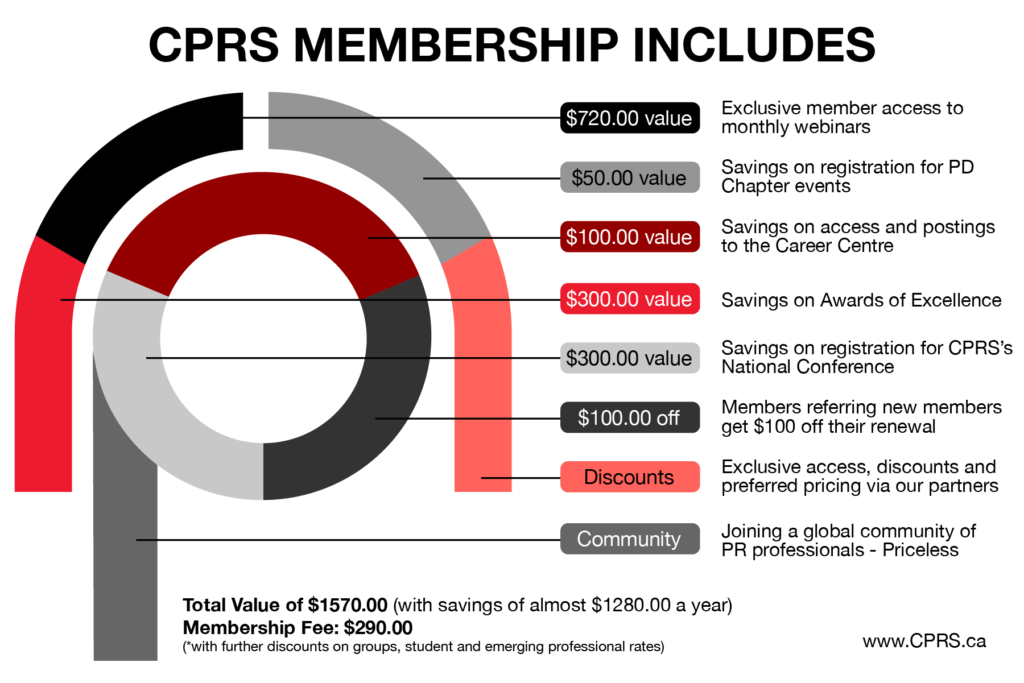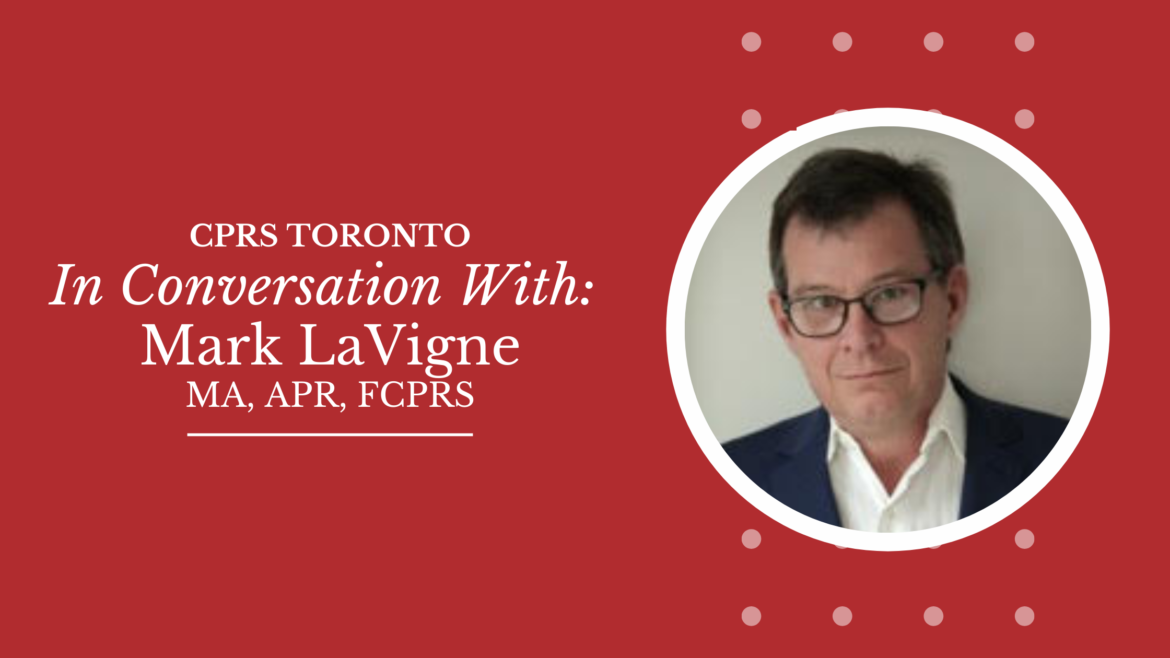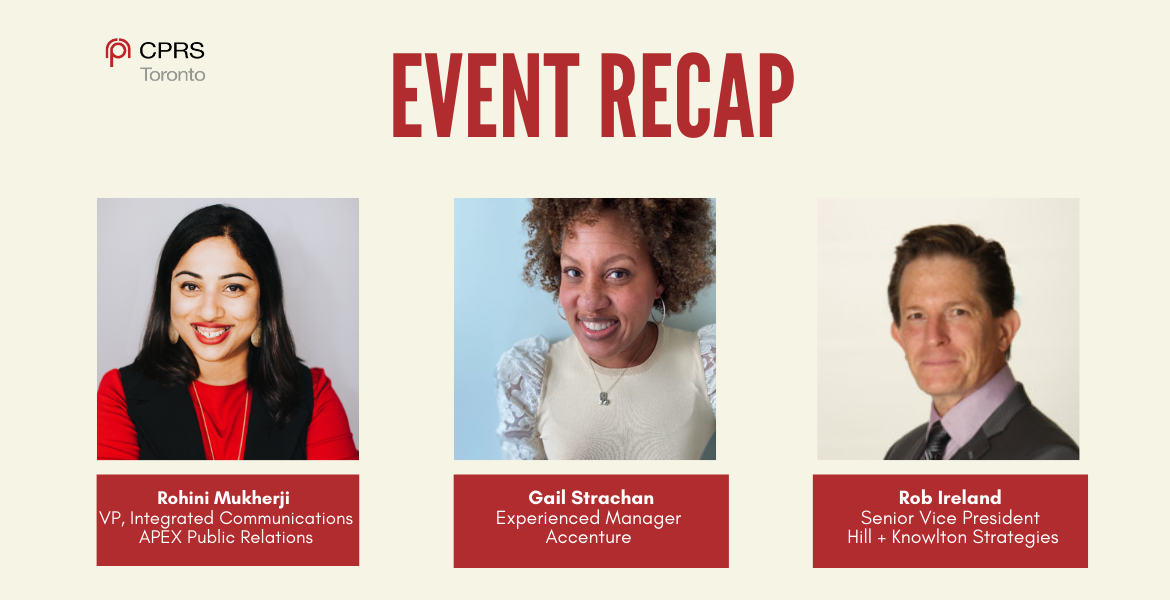Written by: Eva Sofia Flores, Graduate student of Public Relations at Humber College
Coming from an arts background
My name is Eva, and I’m an artist. At least that’s who I’ve been for most of my life. I started acting when I was 8; my parents put me in drama classes in an attempt to channel my very extroverted personality through a productive outlet. My passion for theatre blossomed and led me to Etobicoke School of the Arts for drama. Once I graduated, I went on to pursue a degree in acting. I received a Bachelor of Fine Arts in Acting from the University of Windsor in 2018.
Then the pandemic hit, and theatres shut down. Acting was forced to take a back seat in my plans for the future. I decided to go back to school. I applied to and am currently attending Humber College’s Public Relations Graduate Certificate program.
Deciding to change my direction
Going from fine arts to communications. It seems like kind of a weird switch doesn’t it? In reality, the shift felt natural. During my undergrad, I had the opportunity to work as an assistant to the head of publicity for the University Players theatre company. I remember my boss had asked for my opinion on what aspects of an upcoming play would best attract an audience my age. I had so much fun coming up with an answer for her. I am fascinated by how we as individuals relate to brands, to people, and even to concepts and ideas.
This interaction stayed in my head for the next few years. When the time came to think about what else I could see myself doing, I immediately thought about public relations. I knew that this fascination had the potential to grow into something more, so I switched lanes.
The (not-so) daunting new world
Starting this program was nerve-wracking. My lack of experience in comparison to some of my classmates was daunting. I thought I’d end up lost in a sea of terms and concepts that were foreign to me. But the opposite was true. I felt at home immediately. Not because I already knew everything, but because it felt familiar.
In PR you have goals and objectives. You achieve them using specific strategies and tactics. The exact same goes for acting. An actor must have a “super objective”. This is a broad overall objective for a character that works throughout the play. Every scene has its own “objective”. This is best described as what you want to get from the other person in the scene. To achieve these objectives, an actor must use “actions” which are the strategy in which they attempt to get what they need. By the end of a run, every page, scene and line of an actor’s script will be absolutely cluttered with objectives and strategies written into the margins.
In PR, the objectives and tactics are practiced directly onto the audience. In theatre, objectives and tactics make things active and provide the actor with purpose in the scene. These are applied to the other scene members in order to create something engaging and entertaining. The ultimate goal in both of these situations is to have an effect on the audience.
I grew up with this practice. It was second nature to me. Imagine how ecstatic and relieved I was when these same words came up as foundational concepts for public relations.
An art in itself
Public relations deals with people and relationships. It’s an interaction much like a scene in a play. You listen, receive information and respond. Then you do it all over again. Of course, it has its guidelines and rules. But human intuition and feelings are just as important in PR as they would be in any art form. Public relations is an art. And I am so proud to still call myself an artist.
